I am delighted the LIBERTY TERRACE (Doire Press 2021) is Cork's One City One Book 2023.
It can be purchased from: https://www.doirepress.com/books/fiction/irish-short-fiction/liberty-terrace and from all good bookshops.
It can be purchased from: https://www.doirepress.com/books/fiction/irish-short-fiction/liberty-terrace and from all good bookshops.
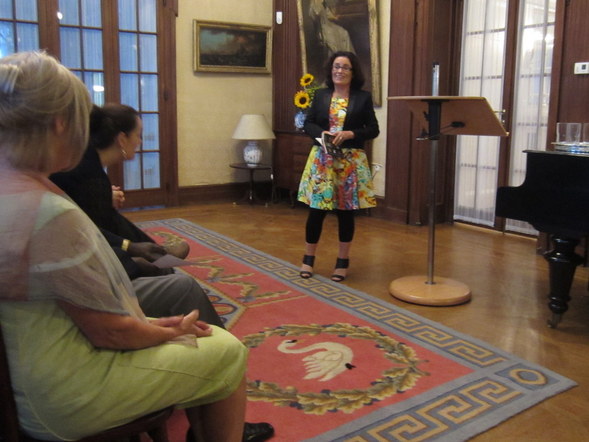

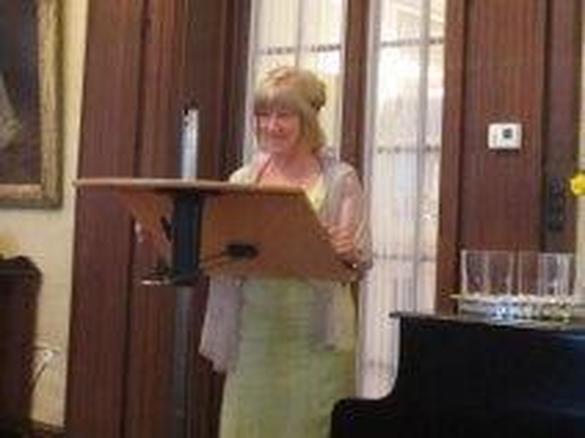
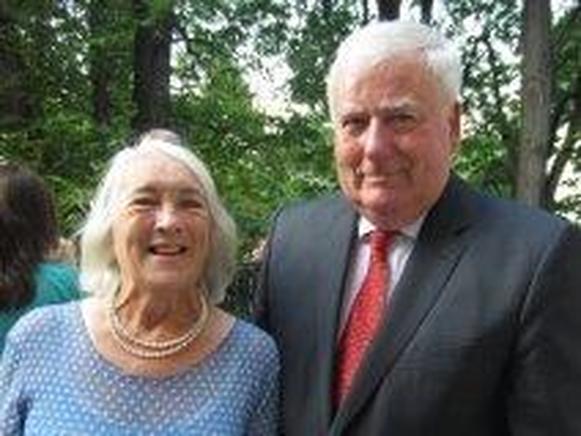
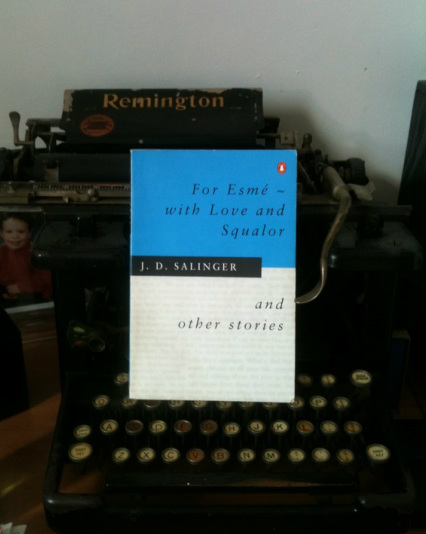

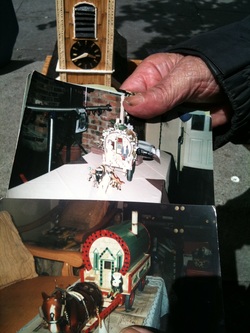

 RSS Feed
RSS Feed
